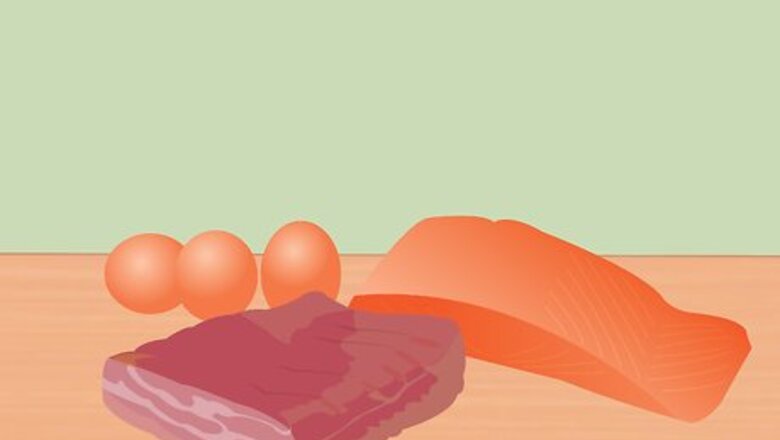
views
Understanding Protein Measurements
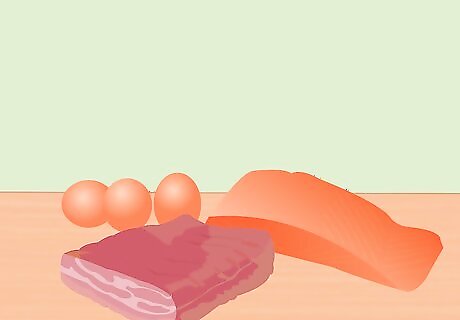
Learn how much protein you need in your diet. The protein food group is an important part of the food pyramid. Foods made from meat, seafood, poultry, eggs, soy products, nuts, and seeds are considered part of the protein food group. The amount of protein you need in your diet depends on your age and sex. Adult women need about 5 ounces of protein daily. If you are pregnant, you may need more protein in your diet depending on your weight and stage of pregnancy. Talk to your doctor if you're concerned about protein intake during pregnancy. Men under 50 need about 6oz of protein each day. After 50, men only need about 5oz of protein daily.
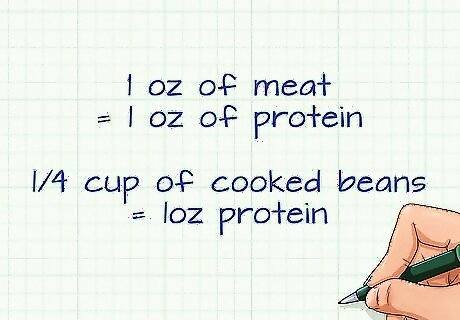
Know how to roughly measure protein. Many people are unsure about what constitutes an ounce of protein. The answer depends on the type of protein you're consuming. 1oz of meat, poultry, or fish should contain roughly 1oz of protein. With other food types, protein is diluted or combined with other nutrients within the food. This changes how protein is measured. 1/4 cup of cooked beans contains about 1oz protein. One egg is 1oz of protein. A tablespoon of peanut or other nut butter also counts an ounce. Half an ounce of nuts or seeds counts as an ounce of protein.
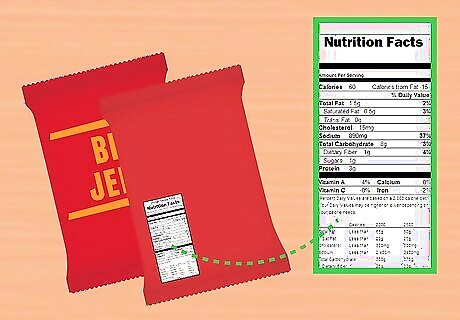
Read food labels when possible. If you're unsure of the precise amount of protein in a product, make use of nutritional labels. These should give you a sense of the amount of protein in a given food, as well the percentage of your daily protein requirement it entails. However, keep in mind food label calculations are based on a 2,000 calorie a day diet. Also, try to be honest about how much of a given food you're eating. Many people inadvertently under or overestimate how much of a product they're consuming.
Calculating Protein Calories
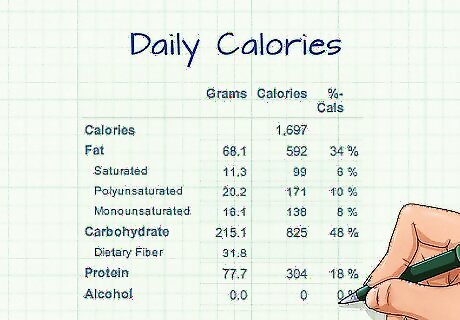
Calculate your total daily calories of protein. For fitness, you may need a rough sense of how many of your daily calories come from protein. This can help you calculate things like your macronutrient requirements. It's fairly simple to determine how many of your daily calories come from protein. Figure out how many total grams of protein you consumed in a given day. You can use an online calorie calculator to measure the grams of protein in any given food you consumed. You can also use nutritional labels. A gram of protein contains roughly 4 calories. Multiply the total grams of protein by 4 to determine how many total calories in protein you consumed in a day. To convert ounces to grams, it can be helpful to use an online conversion system. The number of grams in an ounce is inexact, but it's somewhere around 28.3. It can be difficult to convert by hand and may be easier to do the conversion with an online system. You may also have to round numbers when converting ounces to grams.
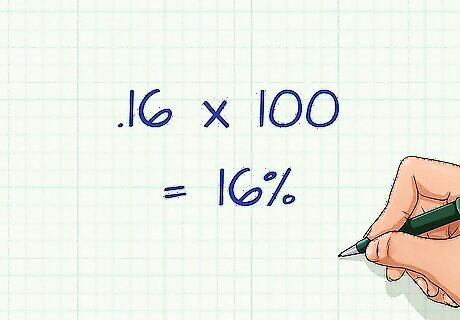
Determine the percentage of calories from protein in a given food. It can also be helpful to know what percentage of calories from protein a given food contains. Start by multiplying the number of protein grams by 4 to figure out how many calories of protein the item has. Then, divide the number of protein calories by the total calories in the food and multiply the sum by 100. For example, say a food contains 200 calories and 8 grams of protein. Multiply 8 by 4, which is 32 protein calories. Divide 32 by 200, giving you 0.16. When multiplied by 100, this comes out to 16, so 16% of the calories in that food come from protein.
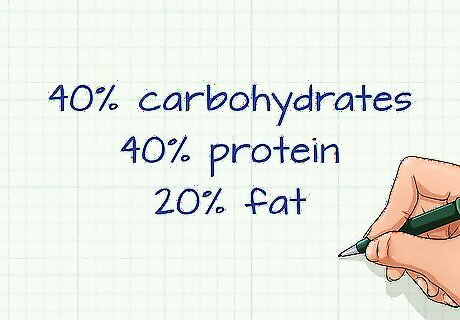
Know your rough protein requirements. If you want to apply your knowledge to your diet, spend some time figuring out your rough protein requirements for a healthy diet. You can do this by talking to a doctor or fitness specialist about your diet, lifestyle, and any goals you have regarding fat loss or weight loss. A fitness specialist or doctor can help you figure out roughly how many calories from protein you should eat and if what is a high or low percentage protein in a given food based on your specific needs. It is generally accepted that your diet should consist of 40% carbohydrates, 40% protein, and 20% fat. This will vary depending on your diet, so do consult your doctor or dietitian. However, becoming aware of the percentage of protein you are getting in your diet can be useful as many people have too much of at least one of these macronutrients.
Choosing the Right Proteins

Choose lean, low-fat protein. If you're worried about your dietary choices, go for leaner, low-fat proteins over less healthy options. Turkey, poultry, and seafood are good protein choices as they're low in fat and tend to have fewer calories. If you're a vegetarian, protein can be found in eggs, nuts, beans, soy products, and cheeses. Stick to low-fat, healthy cheese options.
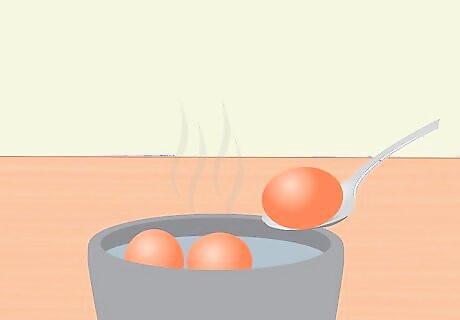
Prepare protein in a healthy manner. The manner in which you prepare protein can cause it to have more or fewer calories. Avoid frying protein or cooking it in heavy oils or butter. Try using heart-healthy olive oil when cooking protein. Consider boiling or poaching eggs instead of frying them. Do not use too much salt. Excessive salt intake can cause problems like high blood pressure.
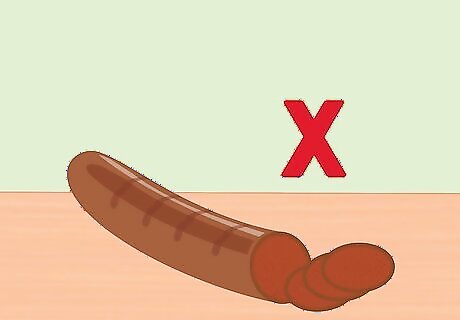
Avoid processed meats. Processed meats, such as those found in frozen food or deli meats, tend to be higher in fat and calories. They also tend to have a higher overall salt content. Opt for fresh meats when possible.




















Comments
0 comment